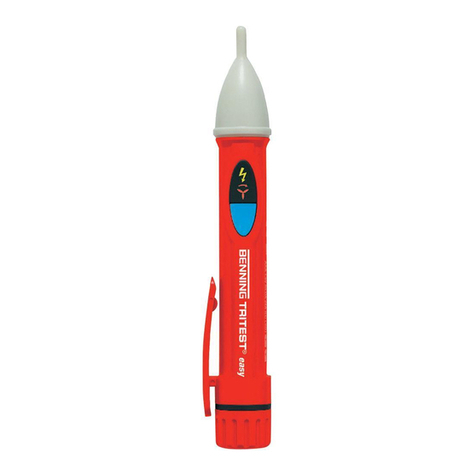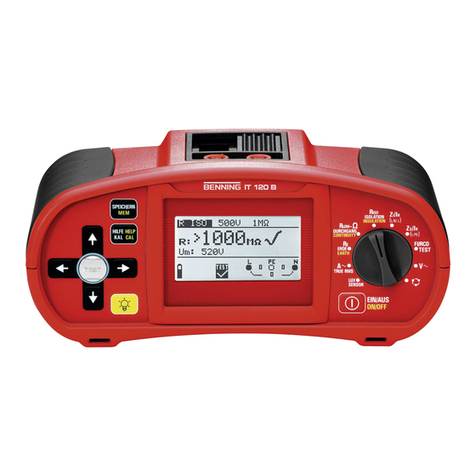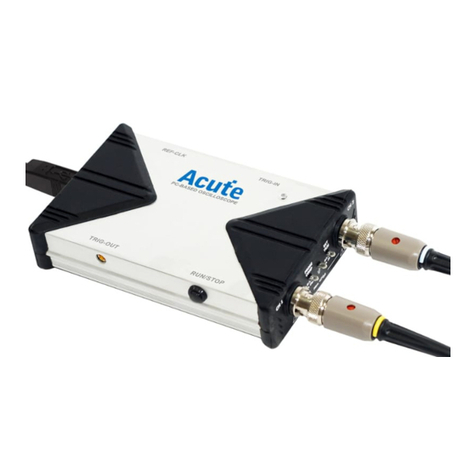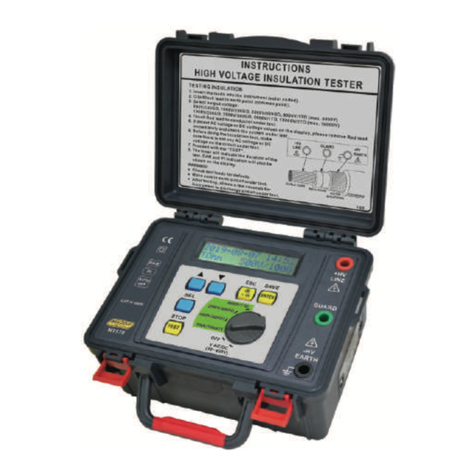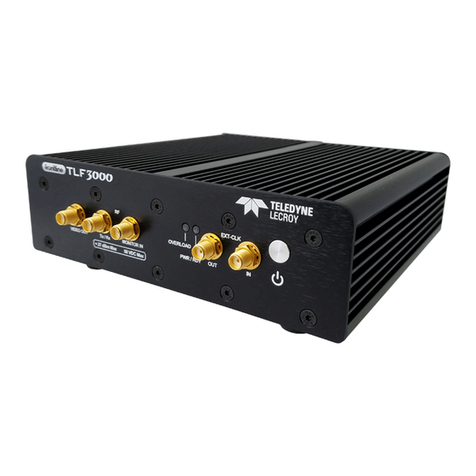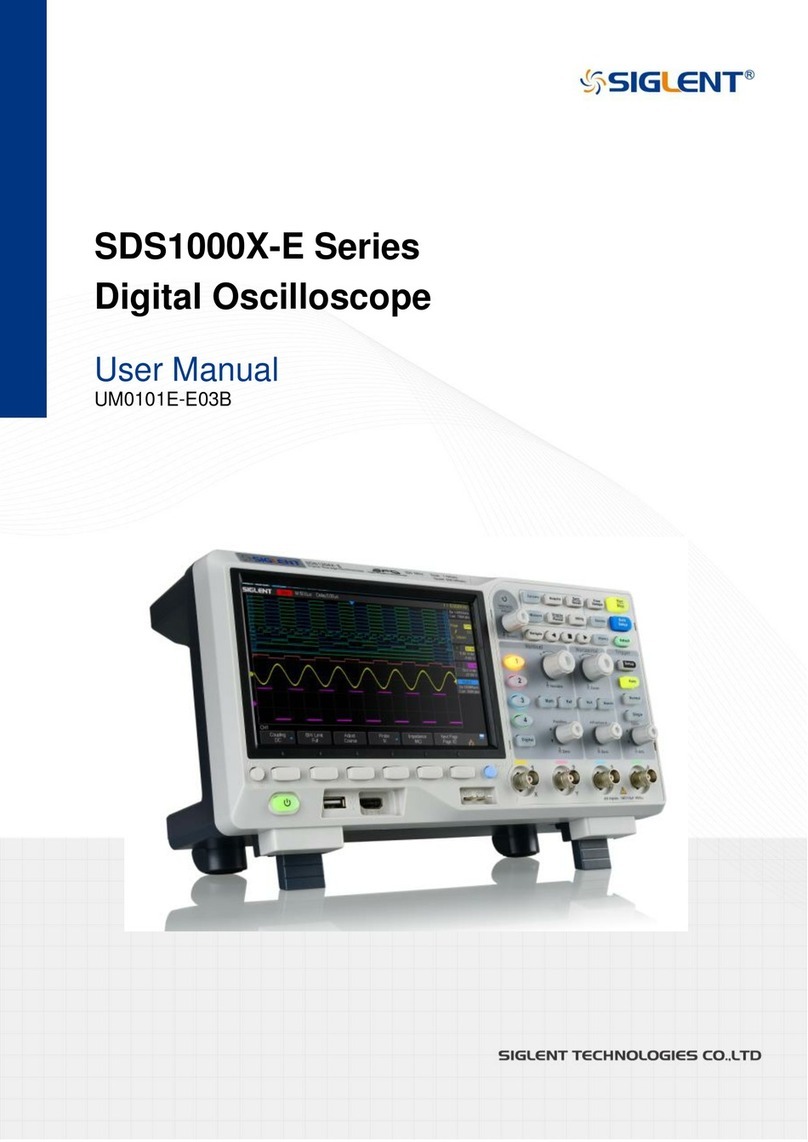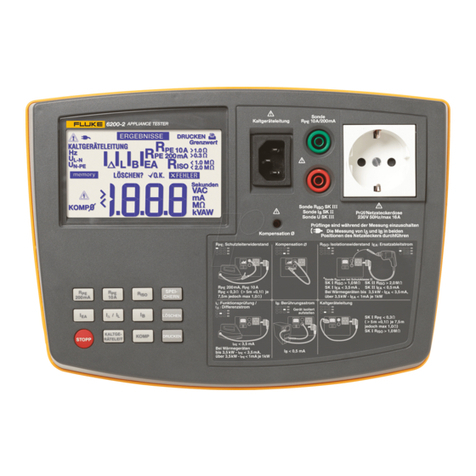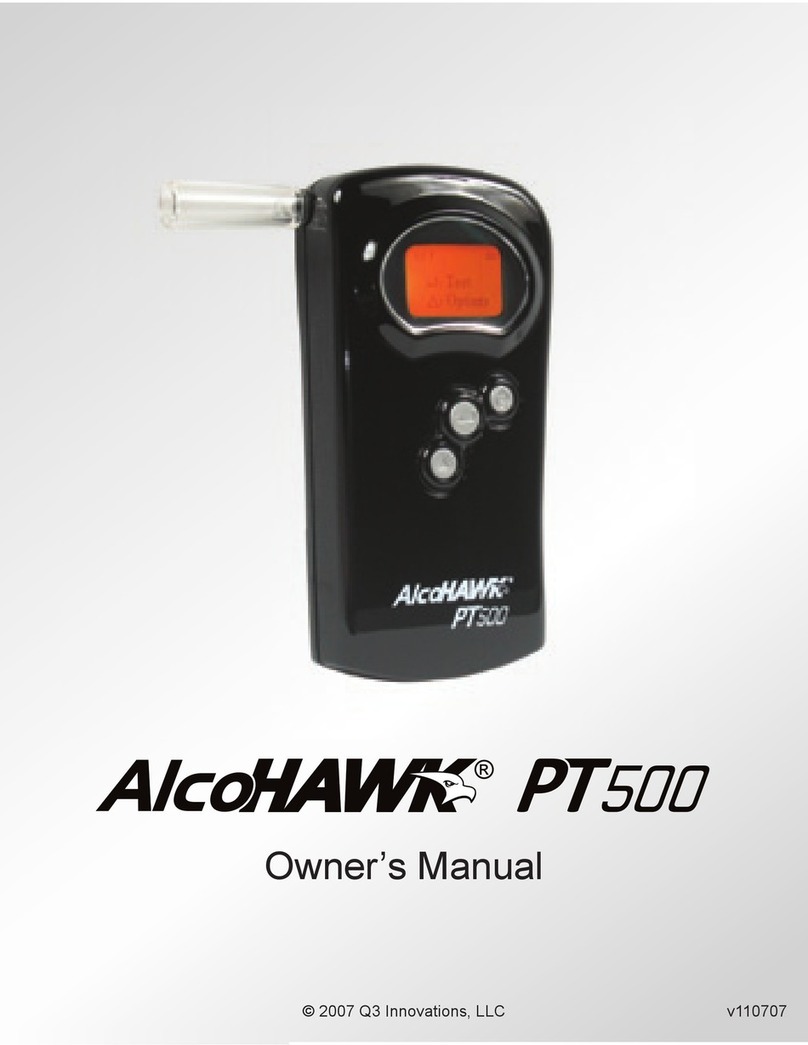Benning CM 7 Operating and installation instructions




















Other manuals for CM 7
1
Table of contents
Other Benning Test Equipment manuals
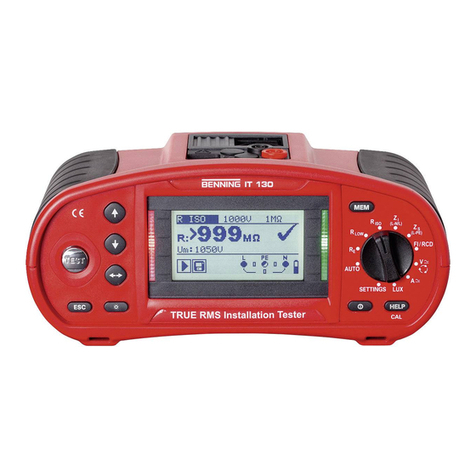
Benning
Benning IT 130 Manual
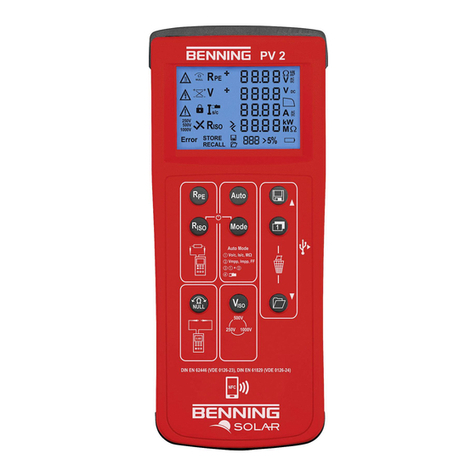
Benning
Benning PV 2 User manual

Benning
Benning IT 130 Manual
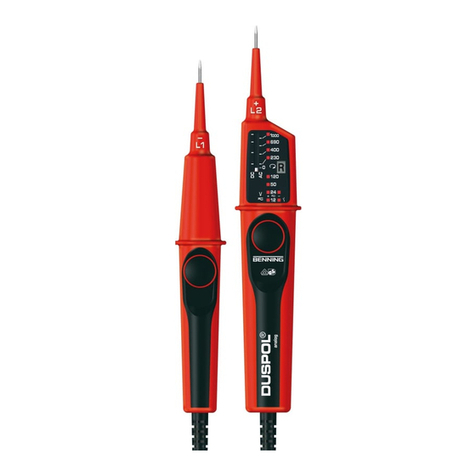
Benning
Benning DUSPOL analog User manual

Benning
Benning PV 2 User manual
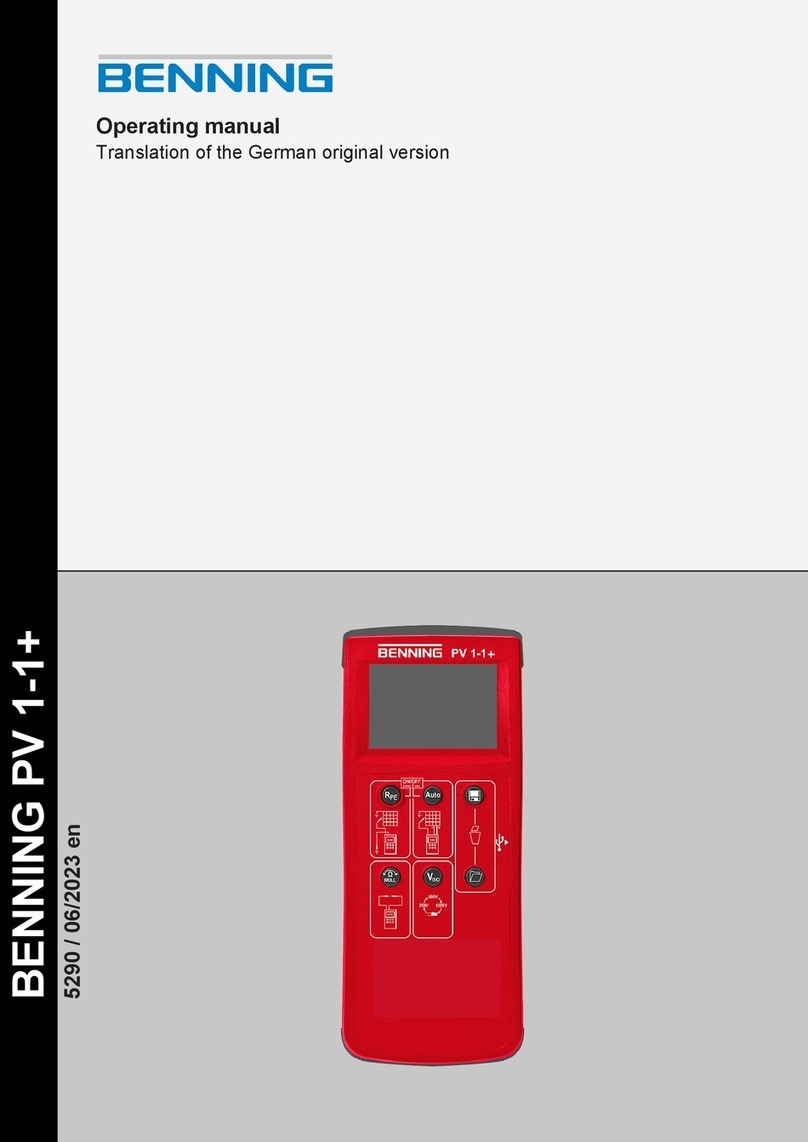
Benning
Benning PV 1-1+ User manual

Benning
Benning DUSPOL digital plus User manual
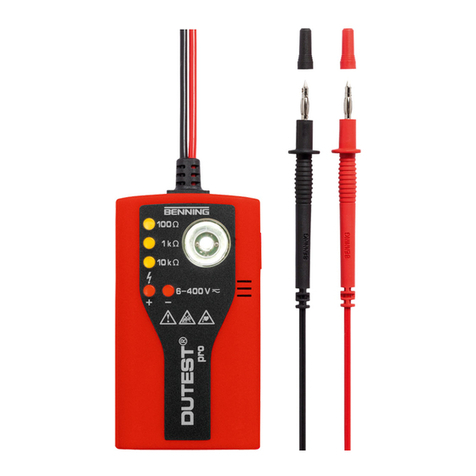
Benning
Benning DUTEST pro User manual
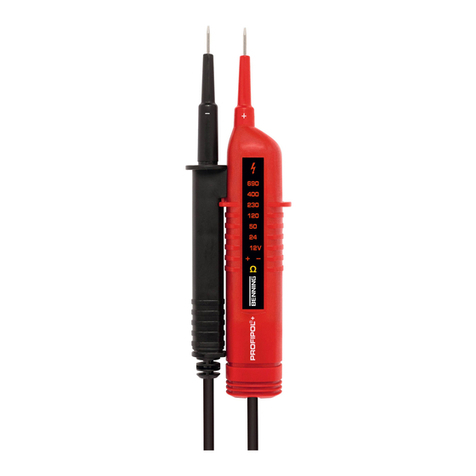
Benning
Benning PROFIPOL+ User manual

Benning
Benning DUSPOL digital plus User manual
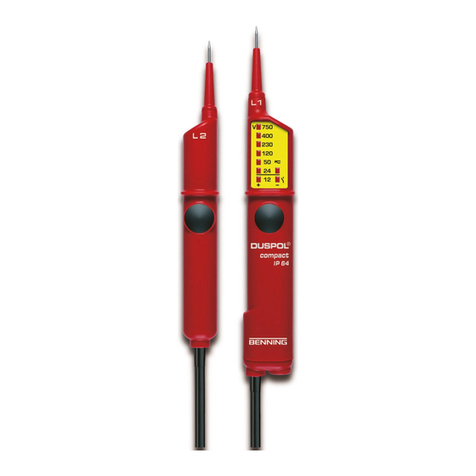
Benning
Benning DUSPOL compact User manual

Benning
Benning TRITEST easy User manual
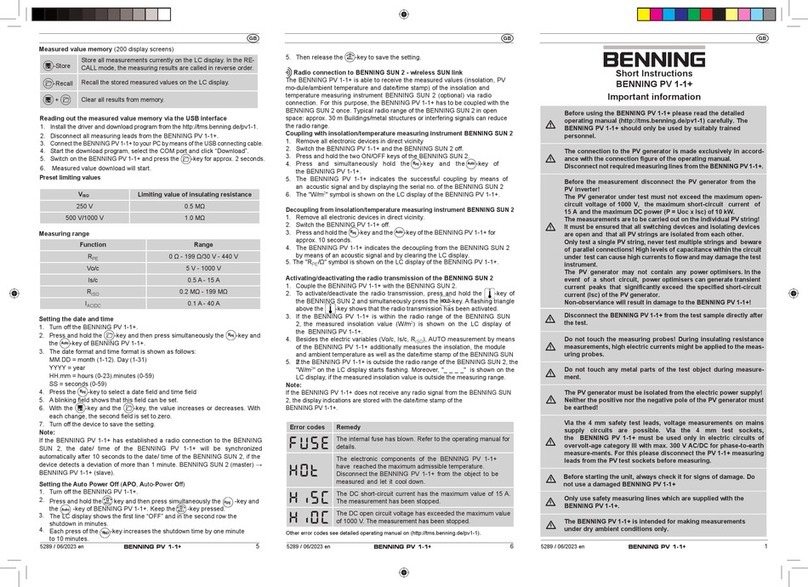
Benning
Benning PV 1-1+ Manual
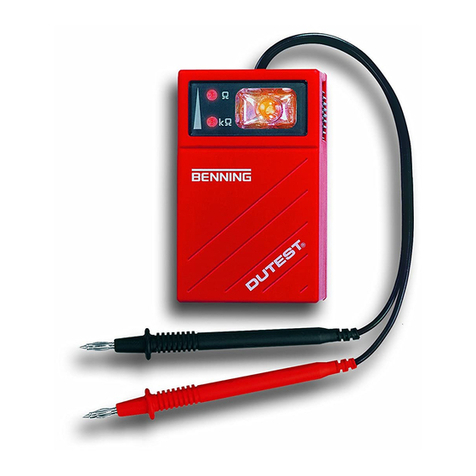
Benning
Benning DUTEST User manual

Benning
Benning duspol expert User manual
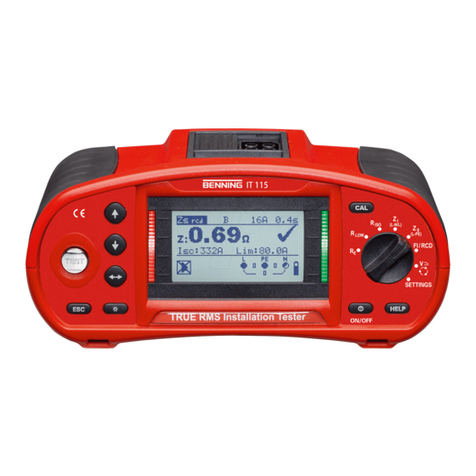
Benning
Benning IT 115 User manual
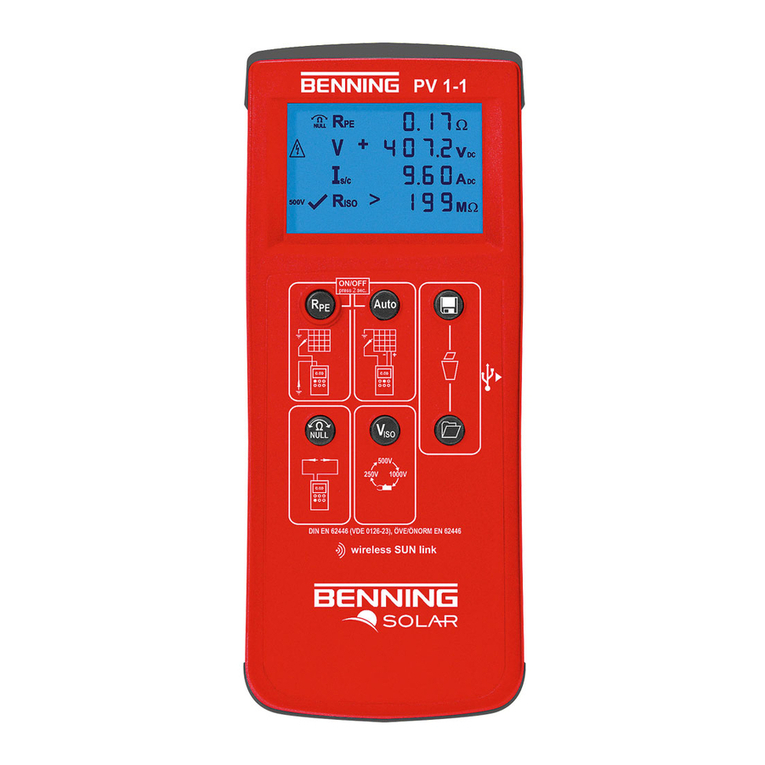
Benning
Benning PV 1-1 Manual

Benning
Benning DUSPOL analog User manual
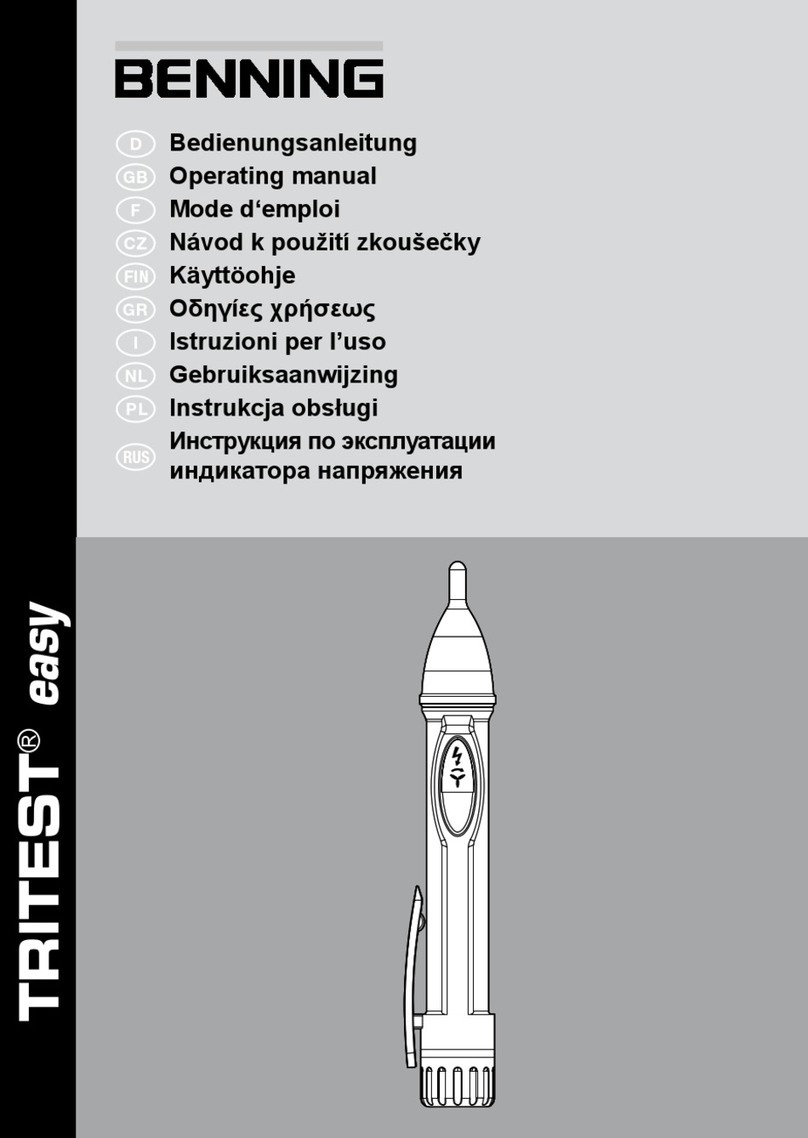
Benning
Benning TRITEST easy User manual

Benning
Benning IT 115 User manual
Popular Test Equipment manuals by other brands

ATEQ
ATEQ Hydra Owner's/operator's manual
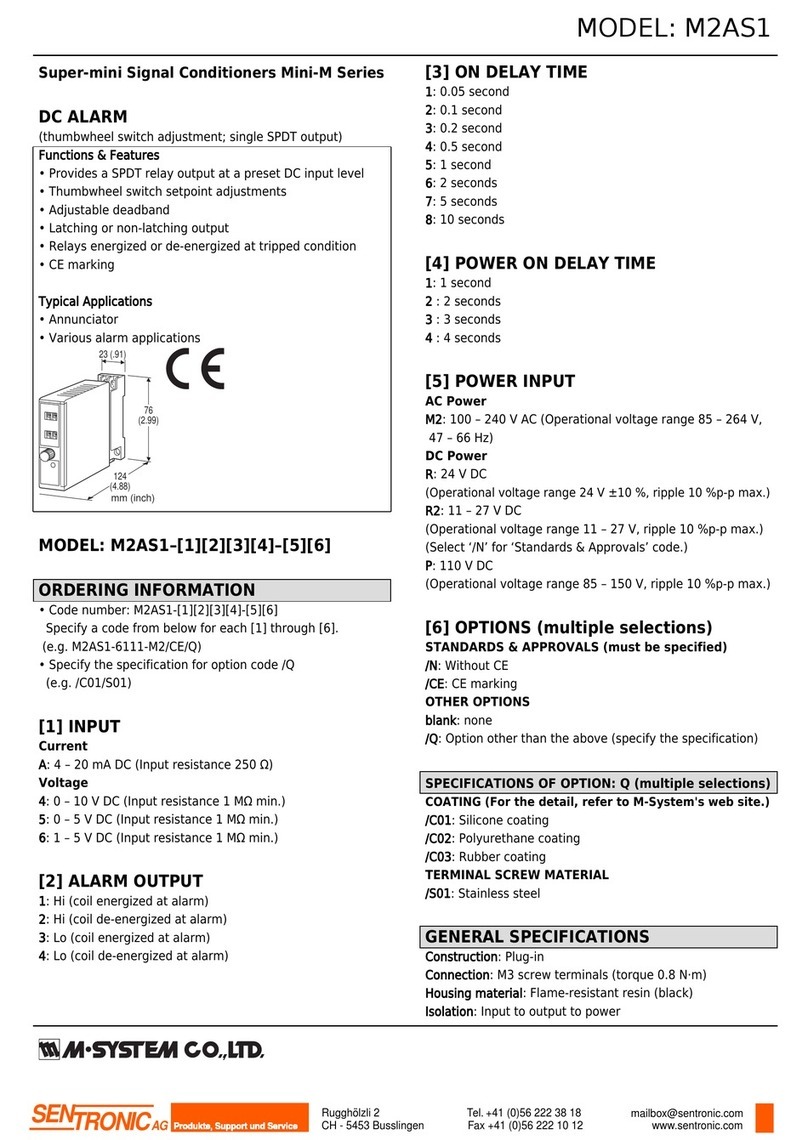
SENTRONIC
SENTRONIC M-SYSTEM Mini-M Series quick start guide

Agilent Technologies
Agilent Technologies Medalist x6000 installation guide
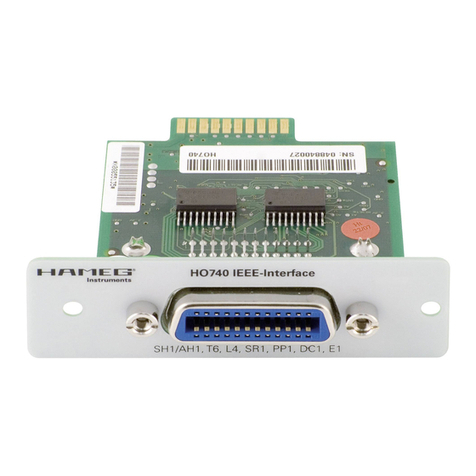
Rohde & Schwarz
Rohde & Schwarz Hameg IEEE-488 GBiP Interface HO740 FITTING INSTRUCTION
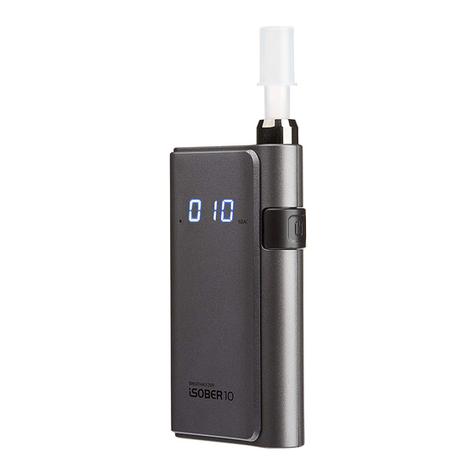
SenTech
SenTech iSOBER 10 user manual
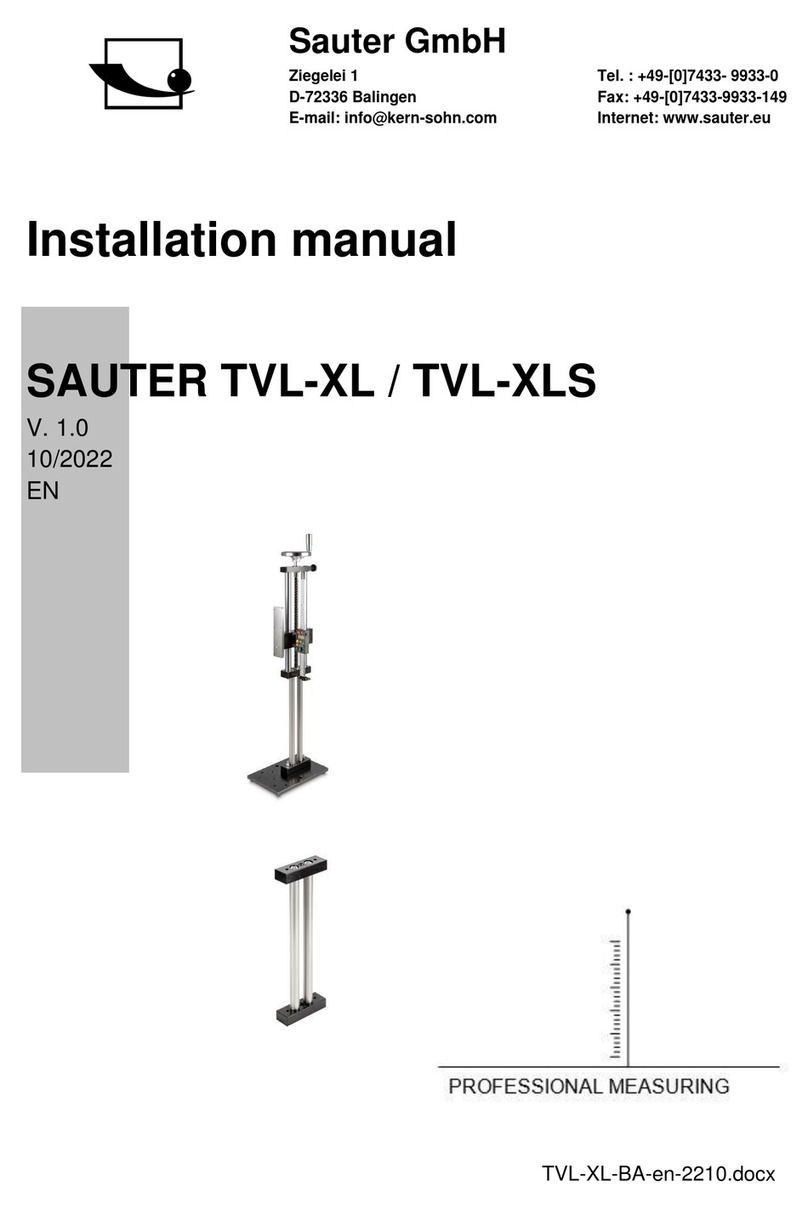
sauter
sauter TVL-XL installation manual

